
Les Fusiliers Mont-Royal is a Primary Reserve infantry regiment of the Canadian Army.
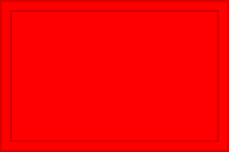
The 1st Canadian Division is an operational command and control formation of the Canadian Joint Operations Command, based at CFB Kingston.

The 2nd Canadian Division is a formation of the Canadian Army in the province of Quebec, Canada. The present command was created 2013 when Land Force Quebec Area was re-designated. The main unit housed in this division is the Royal 22nd Regiment based at CFB Valcartier near Quebec City, which is the biggest regiment in the Canadian Army.

The 3rd Canadian Division is a formation of the Canadian Army responsible for the command and mobilization of all army units in the provinces of Manitoba, Saskatchewan, Alberta and British Columbia, as well as all units extending westwards from the city of Thunder Bay.

The Argyll and Sutherland Highlanders was a line infantry regiment of the British Army that existed from 1881 until amalgamation into the Royal Regiment of Scotland on 28 March 2006.
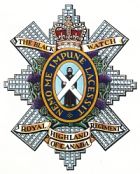
The Black Watch of Canada is a reserve infantry regiment in 34 Canadian Brigade Group, 2nd Canadian Division, of the Canadian Army. The regiment is located on Bleury Street in Montreal, Quebec, Canada, and is currently commanded by Lieutenant-Colonel J.B.F Roy, CD. The regiment's armoury was designated a National Historic Site of Canada in 2008. They are the senior Canadian-Scottish Regiment.

The Lorne Scots is a Primary Reserve infantry regiment of the Canadian Army. It is part of the 4th Canadian Division's 32 Canadian Brigade Group.

The Essex and Kent Scottish is a Primary Reserve infantry regiment of the Canadian Army.
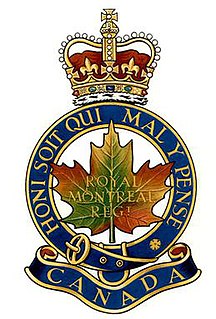
The Royal Montreal Regiment is a Primary Reserve Infantry regiment of the Canadian Army based in Westmount, Montreal, Quebec. It is part of the 2nd Canadian Division's 34 Canadian Brigade Group.

The 7th Canadian Infantry Division was an infantry division of the Canadian Army, mobilized in the spring of 1942 and assigned for home defence within Atlantic Command, during World War II.
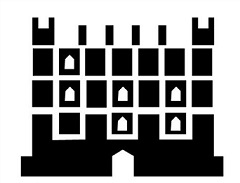
The 8th Infantry Brigade was an infantry brigade of the British Army that saw active service in both the First and the Second World Wars, before being disbanded and reactivated in the 1960s. The brigade was finally being disbanded in 2006. It was formed before the First World War as part of the 3rd Division. As part of that division it spent the entire war on the Western Front from 1914 to 1918 in the First World War. The brigade was also active during the Second World War.
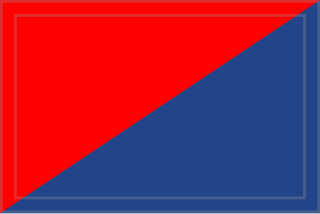
The 6th Canadian Infantry Division was an infantry division of the Canadian Army, formed in 1942 during the Second World War. It was attached to Pacific Command. The division had a brigade sent to the Aleutian Islands Campaign, particularly at Kiska, but never saw action. The 6th Division was to have been part of a proposed Commonwealth Corps, formed for a planned invasion of Japan, but was disbanded in 1945, after the war was ended by the bombing of Hiroshima and Nagasaki.

The 4th Canadian Infantry Brigade was an infantry brigade of the Canadian Army active during World War I and World War II. Raised in 1915, the brigade formed part of the 2nd Canadian Division and fought on the Western Front between 1916 and 1918. The brigade was re-raised in 1939 for service during World War II and subsequently took part in actions at Dieppe in 1942 and then in north-west Europe during 1944 and 1945.
The 6th Canadian Infantry Brigade was an infantry brigade of the Canadian Army that fought during World War I and World War II. Raised in 1915, it formed part of the 2nd Canadian Division and fought on the Western Front during World War I before being disbanded. Later, it was re-raised in September 1939 and subsequently took part in Allied operations in north-west Europe in 1944 and 1945.

The 8th Canadian Infantry Brigade was an infantry brigade of the Canadian Army that saw active service during World War I and World War II as part of the 3rd Canadian Infantry Division. The brigade fought on the Western Front during World War I from December 1915 to November 1918, and in Normandy and north-west Europe in 1944–1945 during World War II. It was a square formation of four infantry battalions during World War I, but was reduced to a triangular formation of three battalions during World War II.

The Victoria Rifles of Canada was an infantry regiment of the Canadian Army that originated in Montreal, Quebec, on 22 January 1862, as The 3rd Battalion Volunteer Militia Rifles Canada. The regiment went through several changes of designation throughout its history. It was redesignated as the 3rd Battalion, The Victoria Volunteer Rifles of Montreal on 18 July 1862; as the 3rd Battalion Victoria Rifles of Canada on 5 December 1879; as the 3rd Regiment Victoria Rifles of Canada on 8 May 1900; as The Victoria Rifles of Canada on 29 March 1920; as Victoria Rifles of Canada on 15 November 1934; as the 2nd (Reserve) Battalion, Victoria Rifles of Canada on 7 November 1941; and finally Victoria Rifles of Canada on 1 June 1945. It was reduced to nil strength and transferred to the Supplementary Order of Battle on 5 March 1965.
The 2nd Canadian Infantry Brigade was a formation of the Canadian Army that served in both World War I and World War II. The brigade fought on the Western Front during World War I, and in Sicily and Italy during the Second World War. In both wars, the brigade formed part of the 1st Canadian Division.
The 1st Canadian Infantry Brigade was a Canadian Army formation that served with the 1st Canadian Division in World Wars I and II. In 1953 it was reformed in Germany, to become the 1 Canadian Mechanized Brigade Group in 1992.

The 3rd Canadian Infantry Brigade was a formation of the Canadian Army in both World War I and World War II. The brigade fought on the Western Front during the First World War, and in Sicily and Italy during the Second World War.
The 13th Canadian Infantry Brigade was a formation of the Canadian Army that served in both World Wars. During World War I, the brigade formed part of the 5th Canadian Division. However, the 13th Brigade never saw combat as the brigade along with the 5th Canadian Division was broken up to provide reinforcements to the 4 other divisions of the Canadian Corps. During the Second World War, the brigade formed part of the 6th Canadian Infantry Division serving on the west coast in the home defence role and in June 1943, the brigade took part in Operation Cottage on Kiska during the Aleutian Islands campaign.















